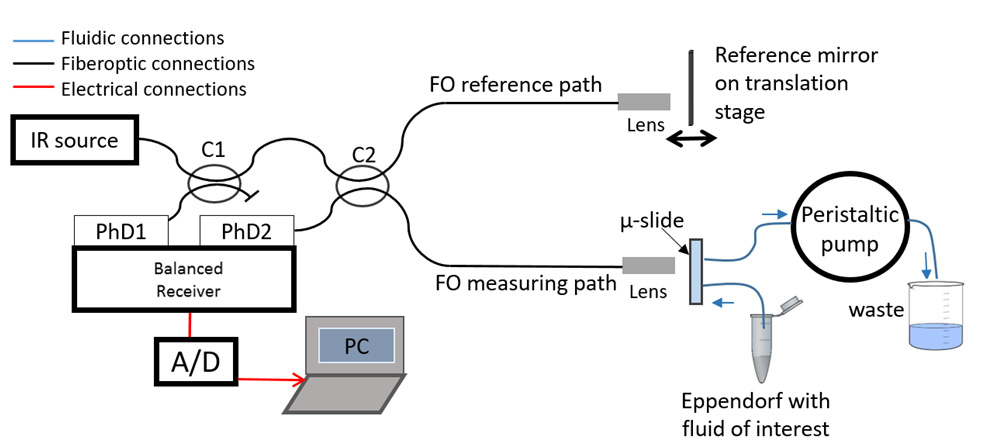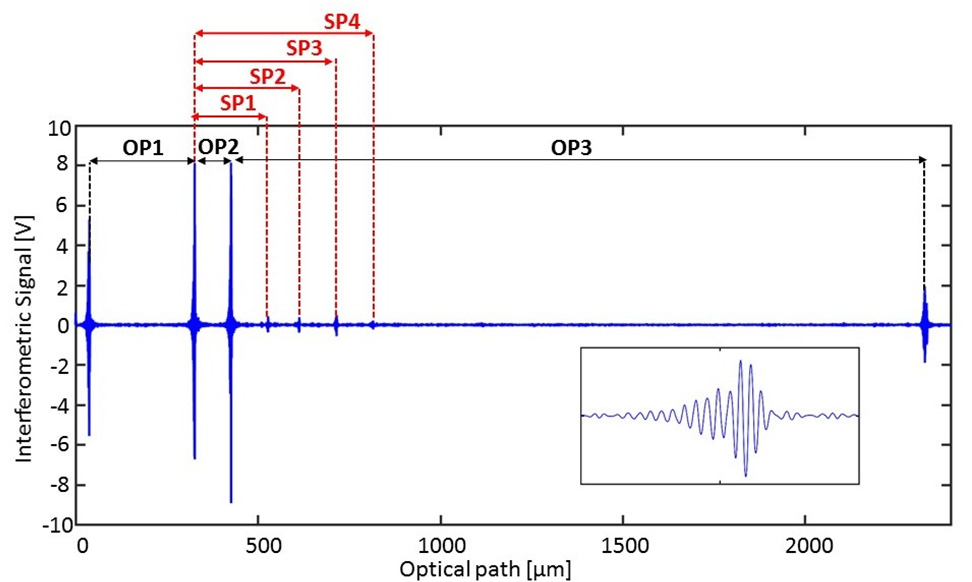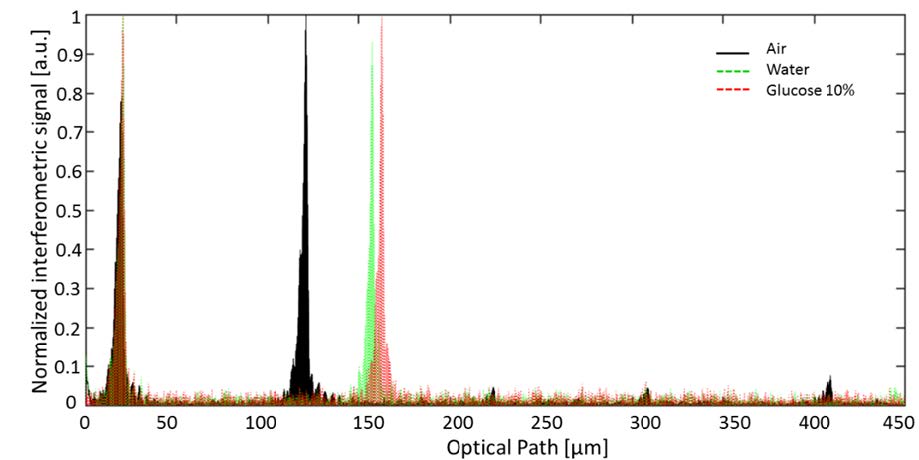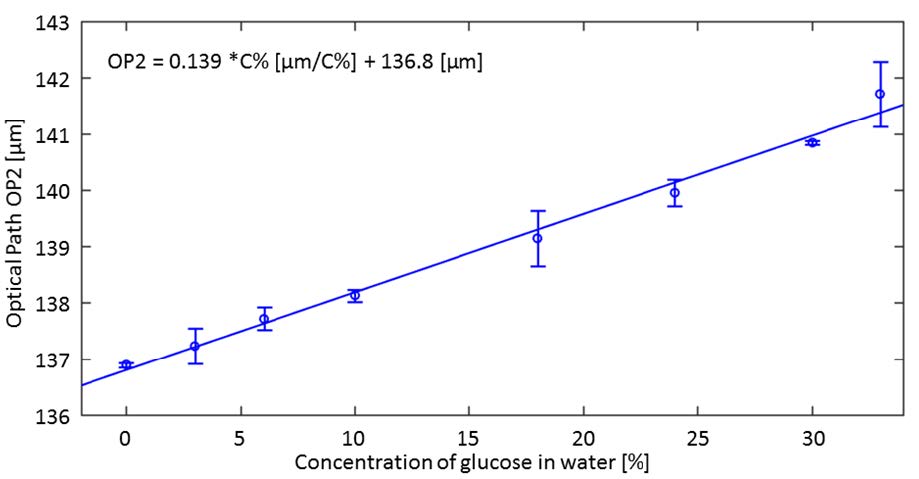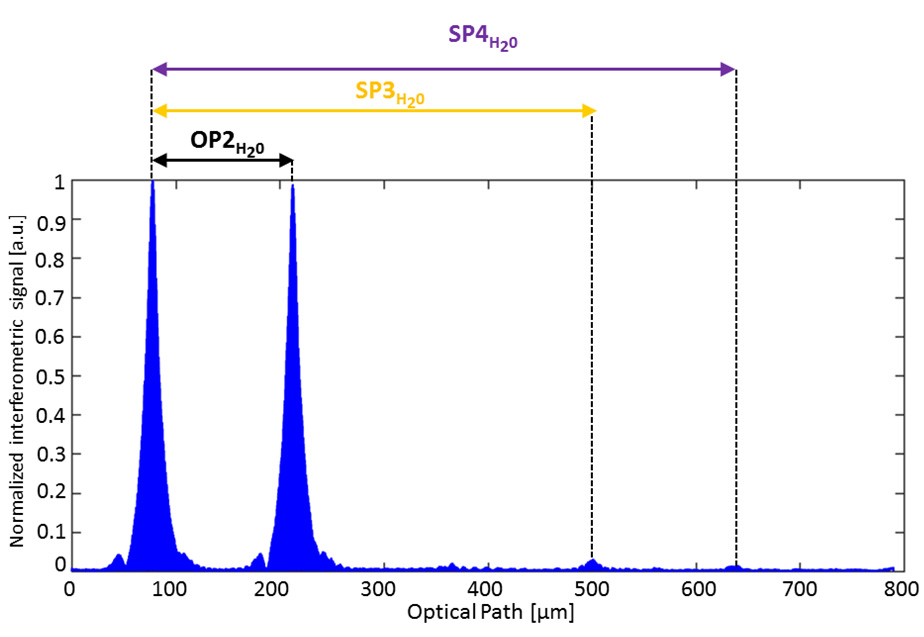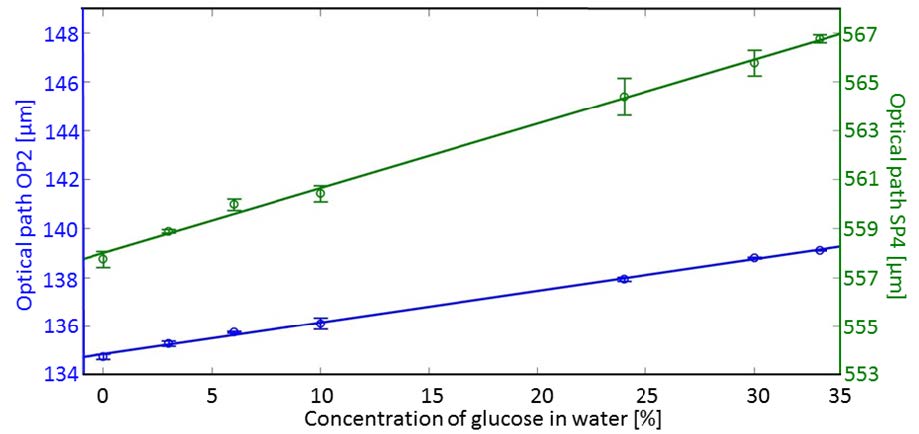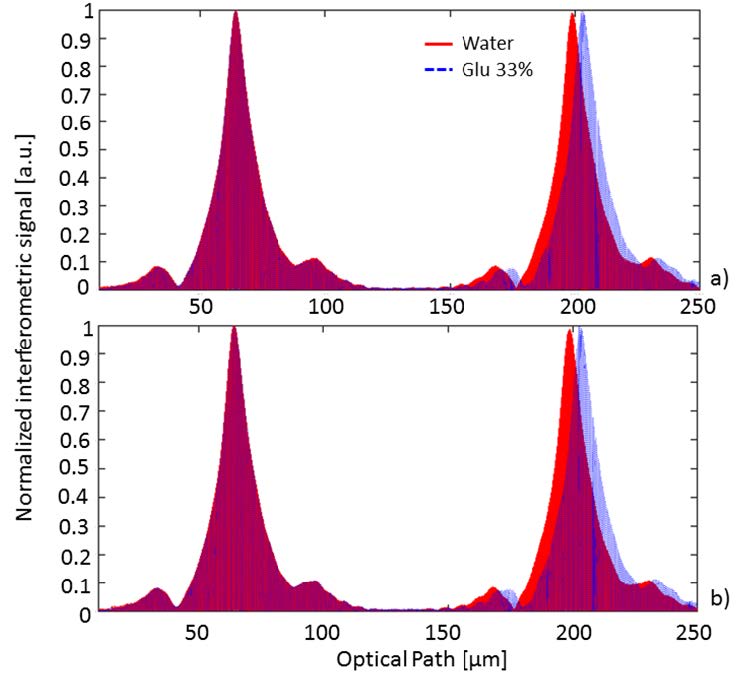|
[1]
|
S. N. Malik, M. Raza, Q. Xin, J. Sokol, R. Manzoor, S. Zainab, On convex functions associated with symmetric cardioid domain, Symmetry, 13 (2021), 2321. https://doi.org/10.3390/sym13122321 doi: 10.3390/sym13122321

|
|
[2]
|
H. N. Shi, W. S. Du, Schur-power convexity of a completely symmetric function dual, Symmetry 11 (2019), 897. https://doi.org/10.3390/sym11070897 doi: 10.3390/sym11070897

|
|
[3]
|
M. Mnif, H. Pham, Stochastic optimization under constraints, Stoch. Proc. Appl., 93 (2001), 149–180. https://doi.org/10.1016/S0304-4149(00)00089-2 doi: 10.1016/S0304-4149(00)00089-2

|
|
[4]
|
A. Liu, V. K. Lau, B. Kananian, Stochastic successive convex approximation for non-convex constrained stochastic optimization, IEEE Trans. Signal Proc., 67 (2019), 4189–4203. https://doi.org/10.1109/TSP.2019.2925601 doi: 10.1109/TSP.2019.2925601

|
|
[5]
|
W. Afzal, M. Abbas, J. E. Macias-Diaz, S. Treanţă, Some H-Godunova-Levin Function inequalities using center radius (Cr) order relation, Fractal Fract., 6 (2022), 518. https://doi.org/10.3390/fractalfract6090518 doi: 10.3390/fractalfract6090518

|
|
[6]
|
V. Preda, L. I. Catana, Tsallis Log-Scale-Location models. moments, Gini index and some stochastic orders, Mathematics, 9 (2021), 1216. https://doi.org/10.3390/math9111216 doi: 10.3390/math9111216

|
|
[7]
|
W. Afzal, A. A. Lupaş, K. Shabbir, Hermite-Hadamard and Jensen-type inequalities for harmonical (h1,h2)-Godunova Levin interval-valued functions, Mathematics, 10 (2022), 2970. https://doi.org/10.3390/math10162970 doi: 10.3390/math10162970

|
|
[8]
|
T. Saeed, W. Afzal, K. Shabbir, S. Treanţă, M. De la Sen, Some Novel Estimates of Hermite-Hadamard and Jensen Type Inequalities for (h1,h2)-convex functions pertaining to total order relation, Mathematics, 10 (2022), 4777. https://doi.org/10.3390/math10244777 doi: 10.3390/math10244777

|
|
[9]
|
W. Afzal, W. Nazeer, T. Botmart, S. Treanţă, Some properties and inequalities for generalized class of harmonical Godunova-Levin function via center radius order relation, AIMS Math., 8 (2023), 1696–1712. http://dx.doi.org/10.3934/math.2023087 doi: 10.3934/math.2023087

|
|
[10]
|
R. E. Moore, Method and Applications of Interval Analysis, Philadelphia: Society for Industrial and Applied Mathematics, 1979.
|
|
[11]
|
W. Afzal, M. Abbas, W. Hamali, A. M. Mahnashi, M. D. Sen, Hermite-Hadamard-Type inequalities via Caputo-Fabrizio fractional integral for h-Godunova-Levin and (h1,h2)-Convex functions, Fractal Fract., 7 (2023), 687. https://doi.org/10.3390/fractalfract7090687 doi: 10.3390/fractalfract7090687

|
|
[12]
|
K. Nikodem, On convex stochastic processes, Aequat. Math., 20 (1980), 184–197.
|
|
[13]
|
A. Skowroński, On some properties of J-convex stochastic processes, Aequat. Math., 44 (1992), 249–258.
|
|
[14]
|
L. Li, Z. Hao, On Hermite-Hadmard inequlity for h-convex stochastic processes, Aequat. Math., 91 (2017), 909–920. https://doi.org/10.1007/s00010-017-0488-5 doi: 10.1007/s00010-017-0488-5

|
|
[15]
|
H. Budak, M. Z. Sarikaya, A new Hermite-Hadamard inequality for h-convex stochastic processes, RGMIA Res. Rep. Collect., 19 (2016), 30.
|
|
[16]
|
N. Okur, ˙I. ˙Işcan, E. Y. Dizdar, Hermite-Hadmard type inequalities for harmonically convex stochastic processes, Int. Econ. Adm. Stud., 18 (2018), 281–292.
|
|
[17]
|
L. González, D. Kotrys, K. Nikodem, Separation by convex and strongly convex stochastic processes, Publ. Math. Debrecen, 3 (2016), 365–372.
|
|
[18]
|
O. Almutairi, A. Kiliçman, Generalized Fejer-Hermite-Hadamard type via generalized (h−m)-convexity on fractal sets and applications, Chaos Solit. Fract., 147 (2021), 110938. https://doi.org/10.1016/j.chaos.2021.110938 doi: 10.1016/j.chaos.2021.110938

|
|
[19]
|
H. Zhou, M. S. Saleem, M. Ghafoor, J. Li, Generalization of h-convex stochastic processes and some classical inequalities, Math. Probl. Eng., 2020 (2020), 1583807. https://doi.org/10.1155/2020/1583807 doi: 10.1155/2020/1583807

|
|
[20]
|
H. Fu, M. S. Saleem, W. Nazeer, M. Ghafoor, P. Li, On Hermite-Hadamard type inequalities for η-polynomial convex stochastic processes, AIMS Math., 6 (2021), 6322–6339. http://dx.doi.org/10.3934/math.2021371 doi: 10.3934/math.2021371

|
|
[21]
|
M. Tunc, Ostrowski-type inequalities via h-convex functions with applications to special means, J. Inequal. Appl., 2013 (2013), 326. http://dx.doi.org/10.1186/1029-242X-2013-326 doi: 10.1186/1029-242X-2013-326

|
|
[22]
|
L. Gonzales, J. Materano, M. V. Lopez, Ostrowski-Type inequalities via h-convex stochastic processes, JP J. Math. Sci., 15 (2016), 15–29.
|
|
[23]
|
Y. An, G. Ye, D. Zhao, W. Liu, Hermite-Hadamard type inequalities for interval (h1,h2)-Convex functions, Mathematics, 7 (2019), 436. http://dx.doi.org/10.3390/math7050436 doi: 10.3390/math7050436

|
|
[24]
|
Y. Chalco-Cano, A. Flores-Franulič, H. Román-Flores, Ostrowski-type inequalities for interval-valued functions using generalized Hukuhara derivative, Comput. Appl. Math., 31 (2012), 457–472. http://dx.doi.org/10.1590/S1807-03022012000300002 doi: 10.1590/S1807-03022012000300002

|
|
[25]
|
L. Chen, M. S. Saleem, M. S. Zahoor, R. Bano, Some inequalities related to Interval-Valued ηh-Convex functions, J. Math., 2021 (2021), 6617074. http://dx.doi.org/10.1155/2021/6617074 doi: 10.1155/2021/6617074

|
|
[26]
|
H. Budak, A. Kashuri, S. Butt, Fractional Ostrowski type inequalities for interval valued functions, Filomat, 36 (2022), 2531–2540. https://doi.org/10.2298/FIL2208531B doi: 10.2298/FIL2208531B

|
|
[27]
|
H. Bai, M. S. Saleem, W. Nazeer, M. S. Zahoor, T. Zhao, Hermite-Hadamard- and Jensen-type inequalities for interval (h1,h2) nonconvex function, J. Math., 2020 (2020), 3945384. https://doi.org/10.1155/2020/3945384 doi: 10.1155/2020/3945384

|
|
[28]
|
H. Agahi, A. Babakhani, On fractional stochastic inequalities related to Hermite-Hadamard and Jensen types for convex stochastic processes, Aequat. Math., 90 (2016), 1035–1043. https://doi.org/10.1007/s00010-016-0425-z doi: 10.1007/s00010-016-0425-z

|
|
[29]
|
J. E. H. Hernandez, On (m,h1,h2)-G-convex dominated stochastic processes, Kragujev. J. Math., 46 (2022), 215–227.
|
|
[30]
|
M. Vivas-Cortez, C. Garcıa, Ostrowski type inequalities for functions whose derivatives are (m,h1,h2)-convex, Appl. Math. Inf. Sci., 11 (2017), 79–86. https://doi.org/10.18576/amis/110110 doi: 10.18576/amis/110110

|
|
[31]
|
W. Afzal, T. Botmart, Some novel estimates of Jensen and Hermite–Hadamard inequalities for h-Godunova-Levin stochastic processes, AIMS Math., 8 (2023), 7277–7291. http://dx.doi.org/10.3934/math.2023366 doi: 10.3934/math.2023366

|
|
[32]
|
W. Afzal, K. Shabbir, T. Botmart, Generalized version of Jensen and Hermite-Hadamard inequalities for interval-valued (h1,h2)-Godunova-Levin functions, AIMS Math., 8 (2023), 13793–13794. http://dx.doi.org/10.3934/math.20221064 doi: 10.3934/math.20221064

|
|
[33]
|
X. Zhang, K. Shabbir, W. Afzal, H. Xiao, D. Lin, Hermite-hadamard and jensen-type inequalities via Riemann integral operator for a generalized class of godunova–levin functions, J. Math., 2022 (2022), 3830324. https://doi.org/10.1155/2022/3830324 doi: 10.1155/2022/3830324

|
|
[34]
|
W. Afzal, M. Abbas, S. M. Eldin, Z. A. Khan, Some well known inequalities for (h1,h2)-convex stochastic process via interval set inclusion relation, AIMS Math., 8 (2023), 19913–19932. http://dx.doi.org/10.3934/math.20231015 doi: 10.3934/math.20231015

|
|
[35]
|
T. Saeed, W. Afzal, M. Abbas, S. Treanţă, M. De la Sen, Some new generalizations of integral inequalities for Harmonical Cr-(h1,h2)-Godunova-Levin functions and applications, Mathematics, 10 (2022), 4540. https://doi.org/10.3390/math10234540 doi: 10.3390/math10234540

|
|
[36]
|
W. Afzal, S. M. Eldin, W. Nazeer, A. M. Galal, Some integral inequalities for Harmonical Cr-h-Godunova-Levin stochastic processes, AIMS Math., 8 (2023), 13473–13491. http://dx.doi.org/10.3934/math.2023683 doi: 10.3934/math.2023683

|
|
[37]
|
W. Afzal, K. Shabbir, T. Botmart, S. Treanţă, Some new estimates of well known inequalities for (h1,h2)-Godunova-Levin functions by means of center-radius order relation, AIMS Math., 8 (2023), 3101–3119. http://dx.doi.org/10.3934/math.2023160 doi: 10.3934/math.2023160

|
|
[38]
|
W. Afzal, E. Prosviryakov, S. M. El-Deeb, Y. Almalki, Some new estimates of Hermite-Hadamard, Ostrowski and Jensen-type inclusions for h-convex stochastic process via interval-valued functions, Symmetry, 15 (2023), 831. https://doi.org/10.3390/sym15040831 doi: 10.3390/sym15040831

|
|
[39]
|
T. Du, Y. Peng, Hermite-Hadamard type inequalities for multiplicative Riemann-Liouville fractional integrals, J. Comput. Appl. Math., 440 (2014), 115582. https://doi.org/10.1016/j.cam.2023.115582 doi: 10.1016/j.cam.2023.115582

|
|
[40]
|
T. Du, T. Zhou, On the fractional double integral inclusion relations having exponential kernels via interval-valued co-ordinated convex mappings, Chaos Solit. Fract., 156 (2022), 111846. https://doi.org/10.1016/j.chaos.2022.111846 doi: 10.1016/j.chaos.2022.111846

|
|
[41]
|
T. Zhou, Z. Yuan, T. Du, On the fractional integral inclusions having exponential kernels for interval-valued convex functions, Math. Sci., 17 (2023), 107–120. https://doi.org/10.1007/s40096-021-00445-x doi: 10.1007/s40096-021-00445-x

|
|
[42]
|
T. Du, C. Luo, Z. Cao, On the Bullen-type inequalities via generalized fractional integrals and their application, Fractals, 29 (2021), 2150188. https://doi.org/10.1142/S0218348X21501887 doi: 10.1142/S0218348X21501887

|
|
[43]
|
U. Kulish, W. Miranker, Computer Arithmetic in Theory and Practice, New York: Academic Press, 2014.
|
|
[44]
|
F. Jarad, S. K. Sahoo, K. S. Nisar, S. Treanţă, H. Emadifar, T. Botmart, New stochastic fractional integral and related inequalities of Jensen-Mercer and Hermite-Hadamard-Mercer type for convex stochastic processes, J. Inequal. Appl., 2023 (2023), 51. https://doi.org/10.1186/s13660-023-02944-y doi: 10.1186/s13660-023-02944-y

|
|
[45]
|
X. Liu, G. Ye, D. Zhao, W. Liu, Fractional Hermite-Hadamard-type inequalities for interval-valued functions, J. Inequal. Appl., 2019 (2019), 266. https://doi.org/10.1186/s13660-019-2217-1 doi: 10.1186/s13660-019-2217-1

|
|
[46]
|
L. González, N. Merentes. M. Valera-López, Some estimates on the Hermite-Hadamard inequality through convex and quasi-convex stochastic processes, Math. Aeterna, 5 (2015), 745–767.
|
|
[47]
|
E. Set, M. Tomar, S. Maden, Hermite-Hadamard type inequalities for s-convex stochastic processes in the second sense, Turkish J. Anal. Number Theory, 2 (2014), 202–207. https://doi.org/10.12691/tjant-2-6-3 doi: 10.12691/tjant-2-6-3

|
|
[48]
|
D. Barráez, L. González, N. Merentes, A. Moros, On h-convex stochastic processes, Math. Aeterna, 5 (2015), 571–581.
|
|
[49]
|
B. Feng, M. Ghafoor, Y. M. Chu, M. I. Qureshi, X. Feng, C. Yao, et al., Hermite-Hadamard and Jensen's type inequalities for modified (p, h)-convex functions, AIMS Math., 5 (2020), 6959–6971. http://dx.doi.org/10.3934/math.2020446 doi: 10.3934/math.2020446

|
|
[50]
|
M. B. Khan, H. M. Srivastava, P. O. Mohammed, K. Nonlaopon, Y. S. Hamed, Some new estimates on coordinates of left and right convex interval-valued functions based on pseudo order relation, Symmetry, 14 (2022), 473. https://doi.org/10.3390/sym14030473 doi: 10.3390/sym14030473

|
|
[51]
|
M. B. Khan, M. A. Noor, K. I. Noor, Y. M. Chu, New Hermite-Hadamard-type inequalities for-convex fuzzy-interval-valued functions, Adv. Differ. Equ., 2021 (2021), 149. https://doi.org/10.1186/s13662-021-03245-8 doi: 10.1186/s13662-021-03245-8

|
|
[52]
|
Y. Almalki, W. Afzal, Some new estimates of Hermite-Hadamard inequalities for harmonical Cr-h-convex functions via generalized fractional integral operator on set-valued mappings, Mathematics, 11 (2023), 4041. https://doi.org/10.3390/math11194041 doi: 10.3390/math11194041

|
|
[53]
|
M. B. Khan, M. A. Noor, M. Noor, M. Al‐Shomrani, L. Abdullah, Some novel inequalities for LR-h-convex interval‐valued functions by means of pseudo‐order relation, Math. Meth. App Sci., 45 (2022), 1310–1340. https://doi.org/10.1002/mma.7855 doi: 10.1002/mma.7855

|
|
[54]
|
W. Liu, F. Shi, G. Ye, D. Zhao, Some inequalities for Cr-Log-h- convex functions, J. Inequal. Appl., 2022 (2022), 160. https://doi.org/10.1186/s13660-022-02900-2 doi: 10.1186/s13660-022-02900-2

|
|
[55]
|
W. Afzal, K. Shabbir, M. Arshad, J. K. K. Asamoah, A. M. Galal, Some novel estimates of integral inequalities for a generalized class of harmonical convex mappings by means of center-radius order relation, J. Math., 2023 (2023), 8865992. https://doi.org/10.1155/2023/8865992 doi: 10.1155/2023/8865992

|
|
[56]
|
M. B. Khan, G. Santos-García, M. A. Noor, M. S. Soliman, Some new concepts related to fuzzy fractional calculus for up and down convex fuzzy-number valued functions and inequalities, Chaos Solit. Fract., 164 (2022), 112692. https://doi.org/10.1016/j.chaos.2022.112692 doi: 10.1016/j.chaos.2022.112692

|
|
[57]
|
H. Román-Flores, V. Ayala, A. Flores-Franulič, Milne type inequality and interval orders, Comput. Appl. Math., 40 (2021), 130. https://doi.org/10.1007/s40314-021-01500-y doi: 10.1007/s40314-021-01500-y

|
|
[58]
|
M. Abbas, W. Afzal, T. Botmart, A. M. Galal, Ostrowski and Hermite-Hadamard type inequalities for h-convex stochastic processes by means of center-radius order relation, AIMS Math., 8 (2023), 16013–16030. http://dx.doi.org/10.3934/math.2023817 doi: 10.3934/math.2023817

|










 DownLoad:
DownLoad: 